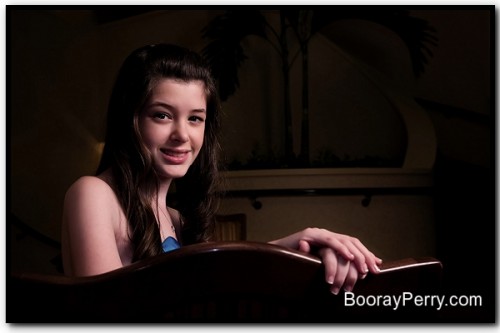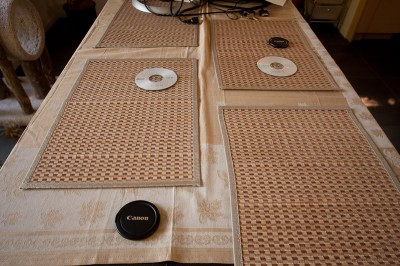Depth of field and light at a Wedding or Bar Mitzvah
Many wedding and Bar Mitzvah photographers find themselves in a bit of a pickle when they are first starting out. You’ve looked at hundreds of websites and seen all these incredible, artistic wedding pictures and decided “I want to do that.” So, you buy all the equipment, flashes and fast lenses that you can afford and set out to create beautiful, moving images. You spend all this time and energy in pursuit of the artistic and then suddenly discover that you can’t shoot the mundane … and let me tell you, there is a lot of mundane to shoot at a 7-hour wedding.
It’s not our fault that we don’t always learn how to take these shots. They aren’t the sort of shots that get featured on the web or in the pages of a magazine. It’s great to see those beautiful shots of an outdoor wedding and the incredible formals but what about the other 500 pictures the photographer took? You know, the ones in the dark hall with the dancing people? You don’t see many of those on the ol’ website because they aren’t quite as dynamic. Still, being able to take a good table shot or dancing shot is every bit as important as the perfectly lit formal. For some clients it may be more important, depending on who is sitting at the table or dancing on the floor.
My first rule of photography is this: Get the shot. First, learn how to get the shot, any shot, in any situation. Then, learn how to get it in an artistic and creative way (if needed). Don’t spend so much time learning the “hard” shots that you neglect to learn the “easy” ones. You may find that the “easy” ones aren’t so easy after all.
Let’s take a look at some pictures from a recent Bat Mitzvah that I photographed in Tampa. I’ll start with a “hard” one:


